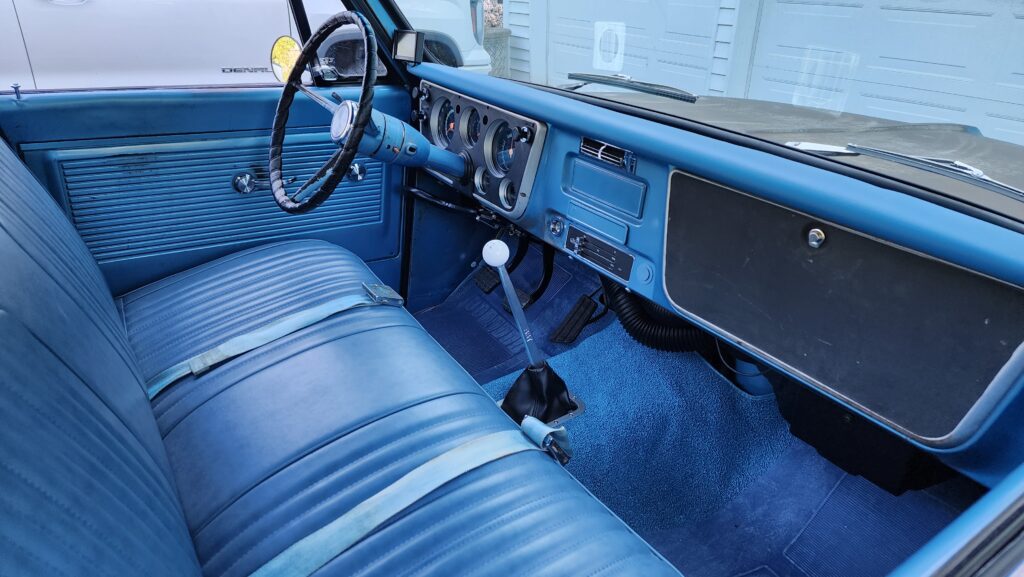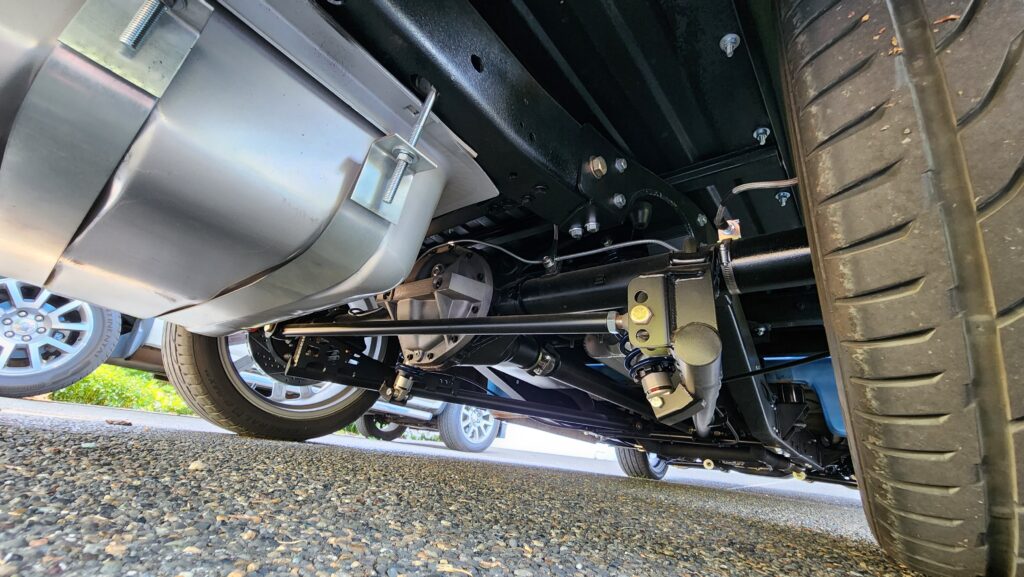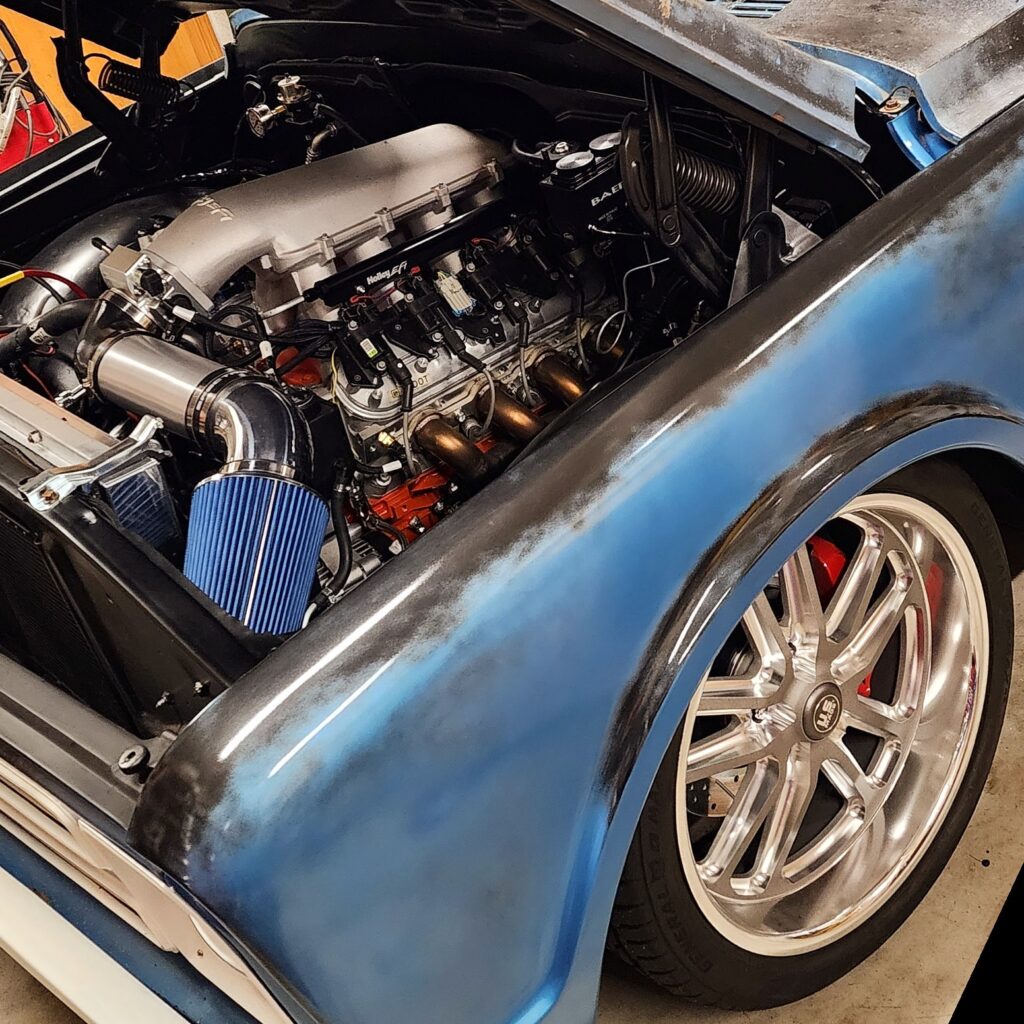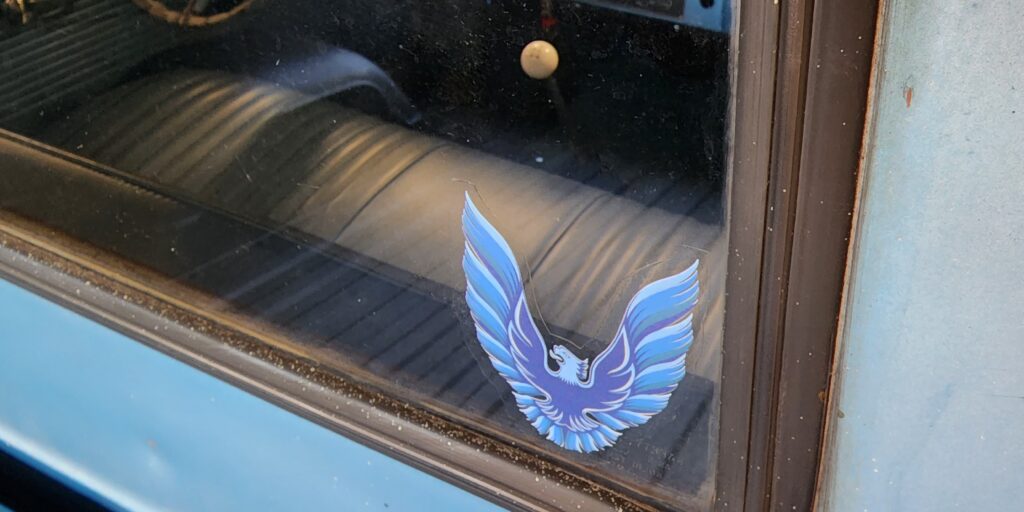The first time my wife saw the junked ’67 Chevy truck project I’d pulled out of a wrecking yard in Pasco, Washington, she walked around it, shook her head at me and then made a declaration:
“I’m calling it Phoenix, because it’s pretty close to ashes, and I’d like to see it rise again.”

I’ve never been one for naming my cars, but I get why people do it. A great car can seem like it has a life of its own. Reliability, style, performance — all delivered to its user and at the ready at all times.
No car is really inanimate. There can be a real sense of personality there — if you’re willing to make that short jump into anthropomorphism.
I don’t blame you if you aren’t willing, though. I haven’t been, either.
It’s kind of like NASA’s pictures from the Mars rover. Some people see all kinds of things in those pictures from the surface, from lizards to chipmunks and tools laying in the red dirt. I just see rocks.
But these names do sort of stick.

Back in 2009, I bought a 1972 Chevy K10 4×4 from my late friend Paul. He’d named it Thor after what was left of a “Reelect Michael Thorne” political bumper sticker that some previous owner had stuck to the back bumper.
When I bought my first house, Paul sold Thor to me, “because you can’t have a house without a truck.” It wasn’t stipulated in writing, but the terms of the truck deal were clear anyway: The name came with it.
Thor had a flat cam and a bunch of bad valve seats. He leaked from every seal. He had a loose coupler between the transmission and the transfer case. He was rusty in some important places. Every mechanical piece that moved was shot. But he ran anyway, even if poorly, and he always got me home, even in deep snow or on the hottest days of summer.
I used to joke with Paul that Thor must have been made by ex-Boeing employees on some GM line, because like an 8th Air Force B-17, Thor too would still come home even with a bunch of stuff blown off.
Thor deserved a rolling resto, so I gave him one. My dad repainted him in the original orange and white and we made a new wood bed. I rebuilt the 350 and the rear axle.

Reliability started to feel like soul and that name sunk in deeper.
As a toddler, my oldest daughter loved Thor because unlike everything else we drove, she could see out of him. So we bounced down the road together on the bench seat, looking out over that flat, shiny orange hood.
It didn’t take long for her to get hooked, too. If she saw “For” in the driveway, “For” was what we drove. Everywhere. Or else.
Later, in the name of kid-hauling safety, I sold Thor for less than he’s worth today. I replaced him with a brand-new GMC Sierra Denali with no name.
Tinted glass and nice leather sold me, but none of that mattered to my daughter. She cried when Thor drove away for that last time.
—
Back in the summer of 2020, when the Linkage team initially got together to dream up what would become this magazine, one main question was on my mind: How do you capture and celebrate the true drive of the specialty car world?
How do you account for the enthusiasts who spend years upon years restoring a car, spending multiples of what it’s worth in cash and sweat equity, only to sell it for a loss and start all over again on something else?
How do you account for the value of the experience — from cross-country drives to local car shows? From the highest levels of motorsport to the quiet weekend cruise around the block?
How do you account for the people who name their cars? Who see them as more than the sum of their parts — but instead as members of the family?
These things are all very real parts of the car world.
And how do you tie all them in with the traditions of car journalism, with dives into history, monetary valuation, restoration, interviews with luminaries and more?

When you see “Experiences, Opinions, Values” across the cover of Linkage, that’s why. Our team’s goal has been to speak to the passion behind the car world, and when you break down what drives today’s car people, those three elements are always prime drivers.
As for “Phoenix,” I’m still not sold on the name. But after a year of evenings and weekends spent turning it into a restomod patina driver, the final step was to install a blue Trans Am decal on the rear window in honor of the comment that my wife most likely forgot making.

Yesterday, as I was picking my now 5th grade daughter up from school in the truck, I noticed a shiny 7/16-inch Nyloc nut that had fallen out from under the dash. It looked familiar — I’d installed everything myself and there were only a few Nylocs up under there. But I didn’t think too much of it.
One block later, as I went for third gear, a bolt, washer and spacer rained down, too. Then the clutch pedal dropped to the floor.
“Uh oh,” I said. “No clutch!”
My daughter’s eyes got big. “What do we do?”
I kicked the trans out of gear, coasted to the side of the road and shut it off.
And then I realized that I had no tools with me.



So, on the side of the road, I got to explain and show how the clutch hydraulics work, why the setup came apart, how I put it back together without any tools and point out why we had to be careful with it until we got home.
For her, this wasn’t theory. It wasn’t dad talking about cars at the dinner table again. It was tangible. And it was a low-stakes hero moment for me — never mind that I’d caused it all myself.
The fear of being stranded fades pretty quick when you get moving again, and there’s a lasting appreciation that comes with that moment, too. Sometimes we need a reminder of the value of a good machine that always gets you home.
When we got there, my daughter ran in the house to her mom.
“Guess what happened to Phoenix!”













More Stories
Cars to Watch in Arizona
A Look Inside SEMA 2024
The Future of Muscle